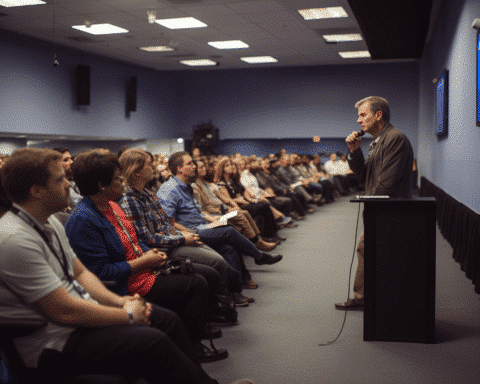A new study conducted by NASA researchers has provided estimates of when signals from its space probes, Voyager 1 and Pioneer 10, will reach stars in the galaxy.
The team hopes to use this information to help prioritize star systems in the search for technosignatures, or signs of advanced civilizations beyond Earth.
Voyager 1’s Transmissions
According to the study, Voyager 1, which was launched in 1977, will not reach its first star until 2044. After that, it will contact 277 stars by the year 2341. This means that it will take over a century for Voyager 1’s signals to reach the first star, located in the Ophiuchus constellation.
The study’s authors suggest that the long timeline for the probe’s signals to reach the stars makes it unlikely that they will hit planets containing life. It is feasible that the transmissions may also be picked up by the surrounding planets of the stars that have been encountered.
Pioneer 10’s Transmissions
In contrast, Pioneer 10’s transmissions have already encountered a star, making it the first human-made object to reach interstellar space.
The probe sent its signals to the star system of Aldebaran, which is located around 65 light-years away from Earth. If an advanced civilization exists around the star system, a reply could come as early as 2029.
Prioritizing Star Systems in the Search for Technosignatures
The team hopes that their findings will help prioritize star systems in the search for technosignatures, which are signals that could indicate the presence of advanced civilizations.
The researchers believe that by targeting stars that have already been encountered by probes, the chances of finding technosignatures will increase.
Future Implications
While it may be a long time before Voyager 1’s signals reach any stars, the study has significant implications for the future of space exploration. By understanding when signals from probes will reach stars, scientists can better plan future missions and develop technologies that can communicate with alien civilizations.
Furthermore, the study’s authors note that the search for technosignatures is not just about finding aliens but also about gaining a better understanding of the universe and the possibilities for life beyond Earth. The search for technosignatures is an exciting area of research that has the potential to revolutionize our understanding of the cosmos.
So, the NASA study provides estimates of when signals from Voyager 1 and Pioneer 10 will reach stars in the galaxy. This information will be helpful in prioritizing star systems in the search for technosignatures. While it may be a long time before Voyager 1’s signals reach any stars, the study has significant implications for the future of space exploration and our understanding of the universe.




